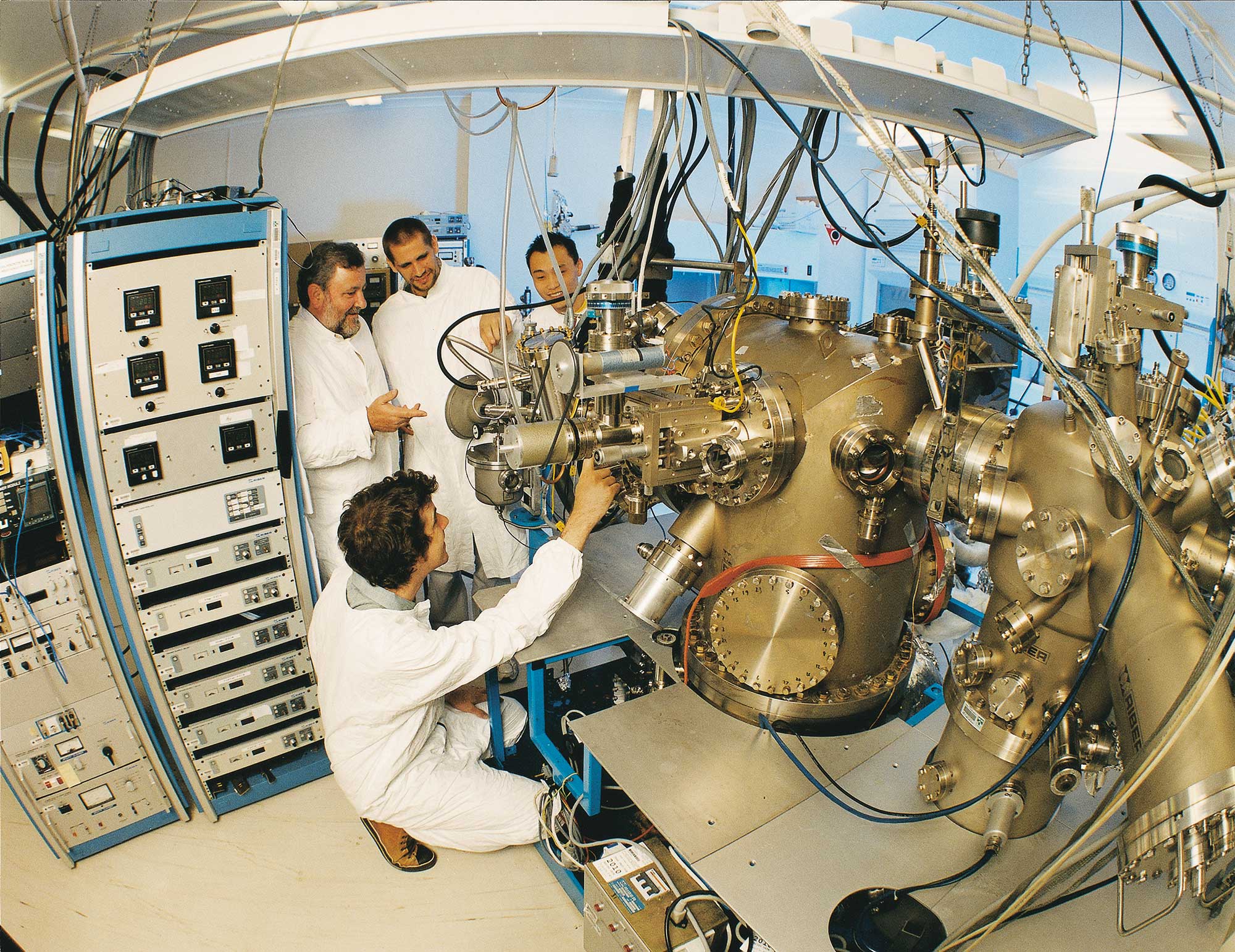
Plasma Enhanced Chemical Vapour Deposition (PECVD) uses a plasma to deposit a thin film of silicon dioxide or silicon nitrate onto a substrate. PECVD uses lower temperatures than the furnace systems to achieve an insulating layer on a variety of materials. PECVD is used in optics, microelectronics, energy applications, packaging and chemistry for the deposition of anti-reflective coatings, scratch resistant transparent coatings, electronically active layers, passivation layers, dielectric layers, isolating layers, etch stop layers, encapsulation and chemical protective coatings.


